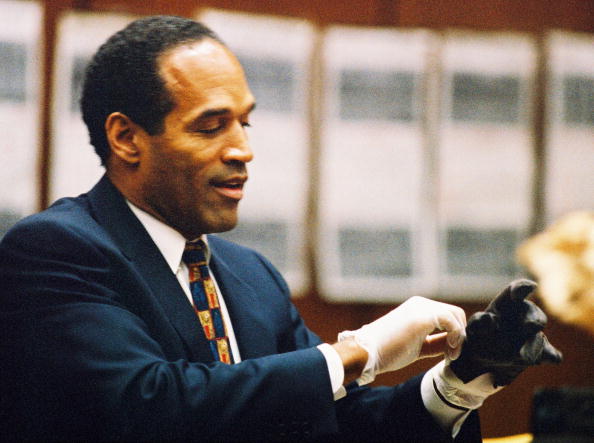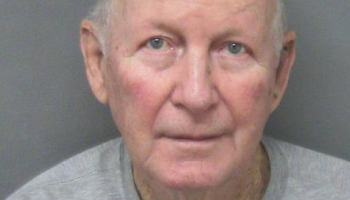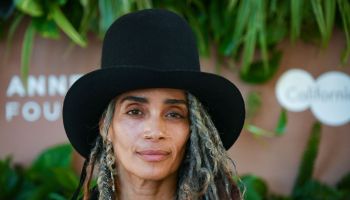In a world where visual indicators are prone to dictate social status, access to friendship circles and the overall social cohesion of minority communities, certain nations are proving just how reactive their societies are to the presence of growing minority populations.
As globalization tends to be to the world’s societies what a turbulent flight is to someone who’s afraid to fly, black minority populations have become particularly controversial.
In countries such as Australia, New Zealand and Canada, many of the interactions between mainstream society and black minority culture have been limited to the influence of imported urban music and American cinema.
The exponential growth of black populations in Australia in recent years has closely paralleled the instability of regions in Africa where civil war, famine and violence have forced many groups into exile.
In 2008-2009, Australia received over 13,000 humanitarian settlers. This was accompanied with a major policy shift towards African refugees that resulted in the continent becoming the equal largest source area of successful applications for refugee status in Australia.
The result has conjured some unfortunate memories of Australia’s past dealings with the black indigenous population, which was suppressed in the early and mid twentieth century with social practices such as the ‘Stolen Generation’ and the ‘White Australia Policy’.
Click here to view photos:
Africans in Australia are currently prone to higher levels of underemployment and unemployment and have been grossly misrepresented in the media as a result of isolated incidences of violence between members of the same African communities.
The Sudanese population had benefited most from increased African immigration trends. In the ten years to 2009, Sudanese arrivals to Australia grew from 4,900 to 19,502.
In 2007 Sudanese immigration was reduced as the then-Immigration Minister, Kevin Andrews, responded to claims in the press that Sudanese youth were a threat to ‘social cohesion’ in their respective localities.
Intake levels were subsequently capped for Sudanese refugee applicants awaiting approval abroad.
And in May 2010, refugee leaders and police in the northern Australian city of Darwin claimed that unacceptable levels of poverty were engendering interracial violence between the indigenous and African communities of the region.
Earlier in the year a group of indigenous youth, armed with baseball bats and chains, attacked a group of African teens playing soccer.
Day-to-day survival for Africans living in New Zealand is also awash with problems.
In Immigration New Zealand’s Refugee Voices report it was revealed that in 2004 there were approximately 1.7 recently arrived refugees per bedroom in homes occupied by refugee families. The general population can expect to live in homes with 0.88 people per bedroom – almost half that of their refugee counterparts. Unemployment is also prevalent within the growing black population of New Zealand.
In Canada black American immigration had been purposely restricted by provisions in the nation’s early immigration policies, wherein blacks were deemed ‘unfavorable.’
In the 1960s however these provisions were outlawed and the black population began to flourish once again.
Currently in Canada the black minority accounts for 2.2 per cent of nation’s total population. Approximately 784,000 blacks live across the country, mostly in Toronto.
Yet blacks are still considered to be marginalized because of subtle discrimination in Canada.
A 2007 report by Statistics Canada revealed that of the 785 hate crimes in Canada that year, 154 were targeted at blacks. This was the largest figure for any particular racial group.
In addition, the 2001 census in Canada showed that black children were more likely than any others to be raised in single-parent families, with 46 per cent of black children with single parents compared to the 18 per cent average.
In other regions of the world, black communities continue to grow.
Brazil already has a significant black population as a result of it’s slave trade – the last in history to be abolished.
In addition to the black community that recognizes itself as strictly ‘Brazilian’, there are currently around 4 million people living in Brazil who consider themselves to be African.
Europe’s black minority groups have also been prevalent in population and the press in recent times. The 2005 racial conflict in the suburbs of Paris revealed some unfortunate truths about France’s melting pot of cultures.
And still, all across the world, black communities continue to pioneer the development of their cultures in societies that remain largely unfamiliar with black minority groups.
Certain problems are bound to persist heeding the success of black minorities’ integration into their new home societies.
These, as per the examples of countries such as Australia, New Zealand and Canada, include issues relating to family, teen delinquency, social exclusion and poorer socio-economic outcomes.
The coming years will tell just how persistent these issues truly are.
RELATED:
African Refugees Face Bedbug Infestation
OPINION: Haiti Reminds Us Of The Poverty At Home
















